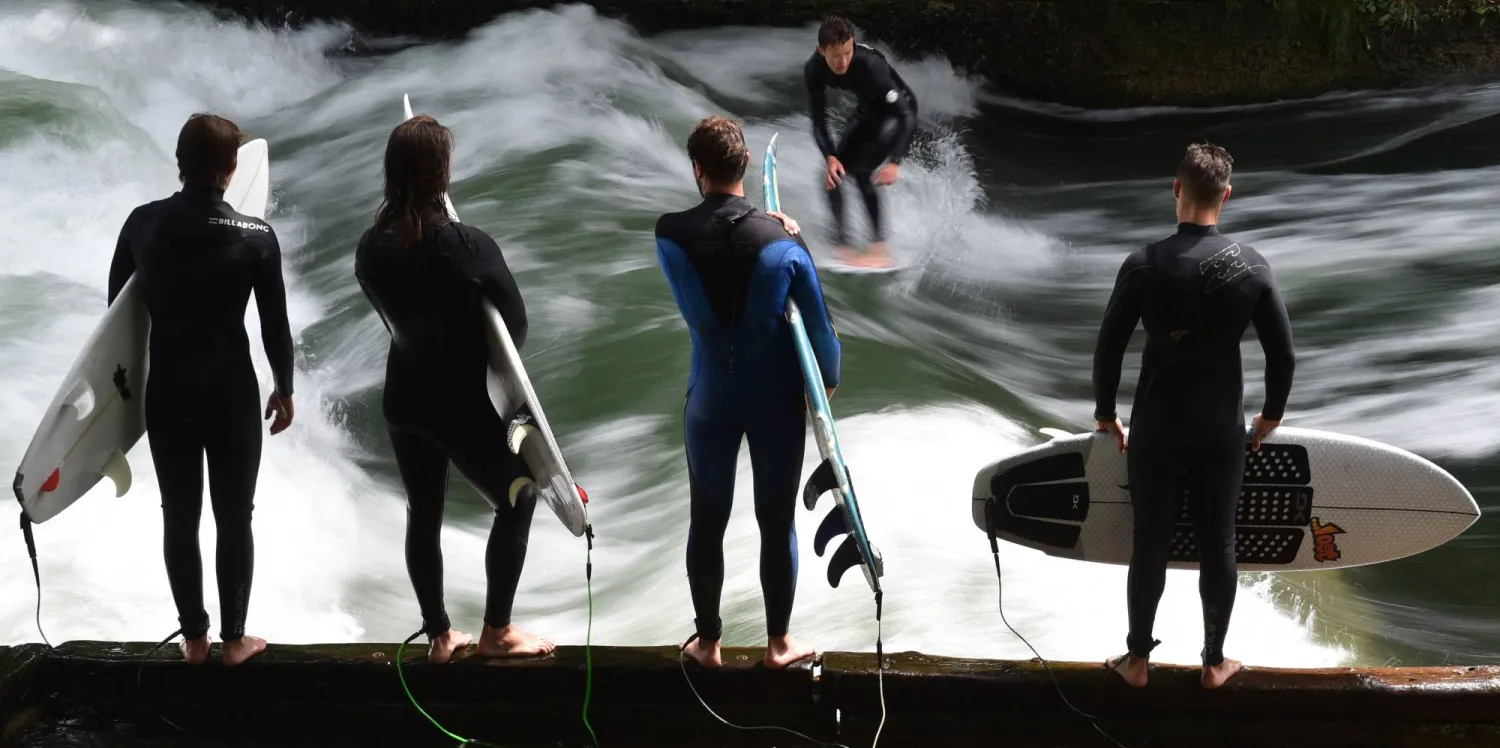India's capital New Delhi has vowed to clear one of its largest trash piles by next year as part of a plan to eradicate unsightly landfills dotting the megacity's skyline.
Around 32 million people live in greater Delhi, where a slipshod approach to waste management has left numerous landfills with garbage piled up to 60 meters (200 feet) high and visible from miles away.
Regular spot fires during the capital's long and intense summer see the trash mounds turn into toxic conflagrations spilling dangerous chemical fumes into nearby neighborhoods, reported AFP.
Delhi environment minister Manjinder Singh Sirsa told reporters Tuesday that work was underway to process and dispose of waste at one of the city's biggest trash piles.
By the end of the year, waste at the Bhalswa dump on the city's northern outskirts "will be reduced to a point where it will no longer be visible" from a distance, he said.
"Our ultimate aim is to ensure that no new garbage mountains are formed," he added.
Local neighborhoods around the Bhalswa landfill are home to thousands of Delhi's poorest residents who have migrated from grinding rural poverty in search of work.
Sirsa said the Bhalswa site would be cleared by March next year with similar remediation work to follow at Delhi's other two main garbage dumps.
According to last reported estimates from 2023, Delhi generates more than 11,000 tons of solid waste each day, according to official estimates in 2023.
More than four million tons of waste sit at the Bhalswa dump according to official estimates.
Untreated domestic waste burns in the landfills during the hot summer months, producing excess methane which further pollutes India's already smog-choked urban centers.







